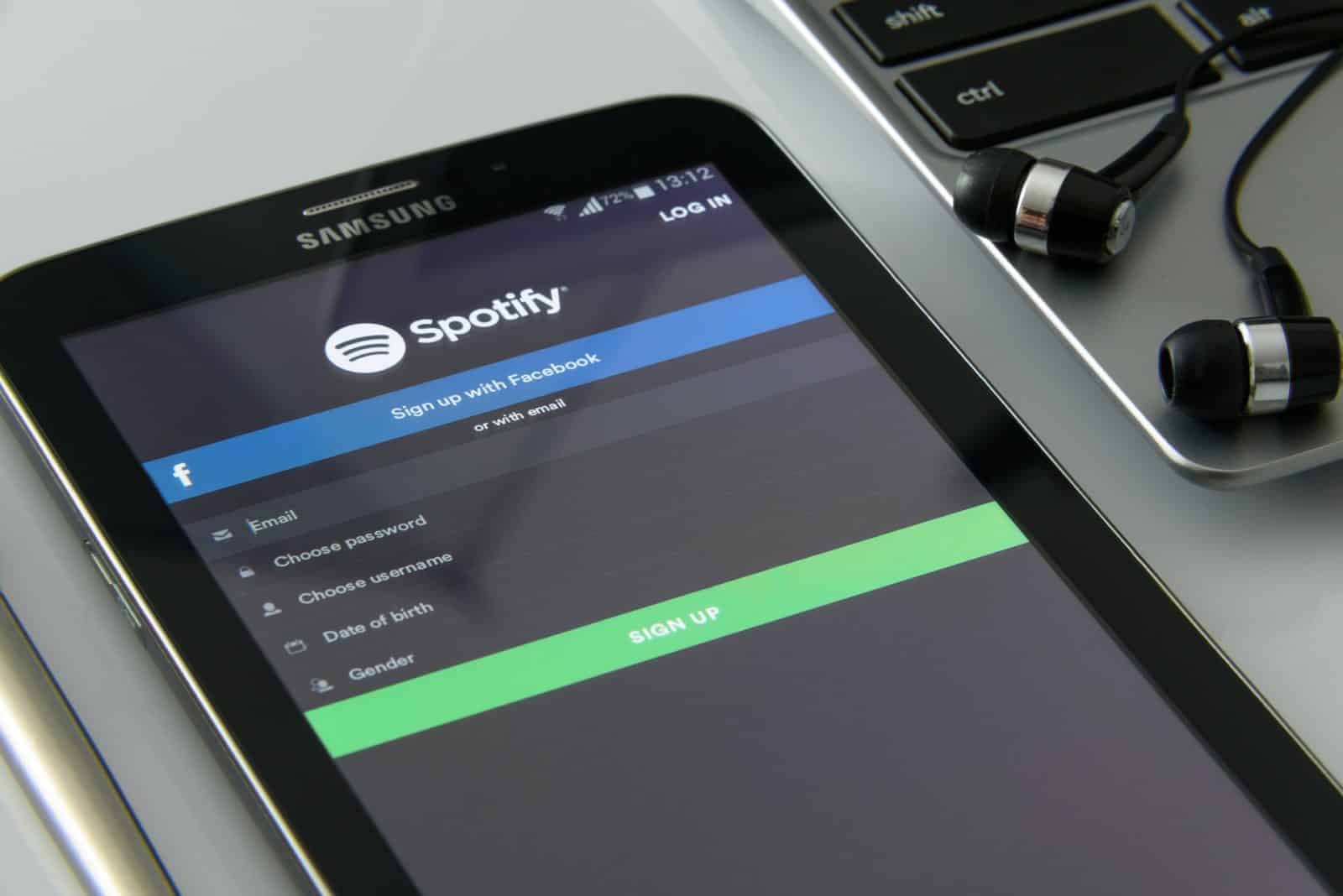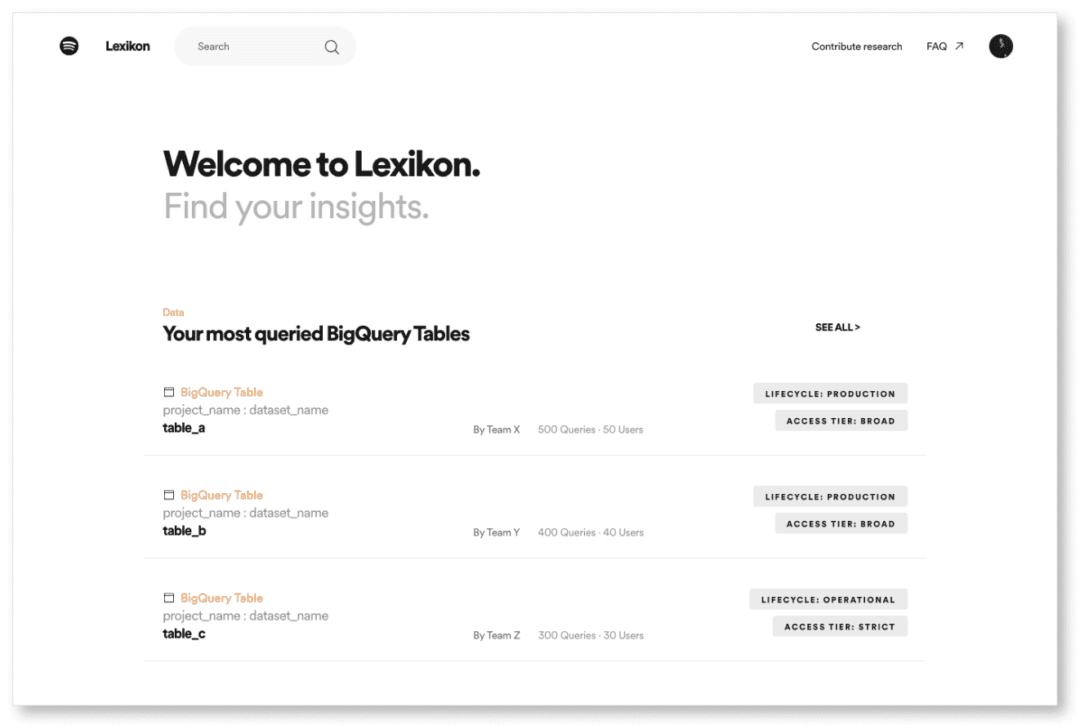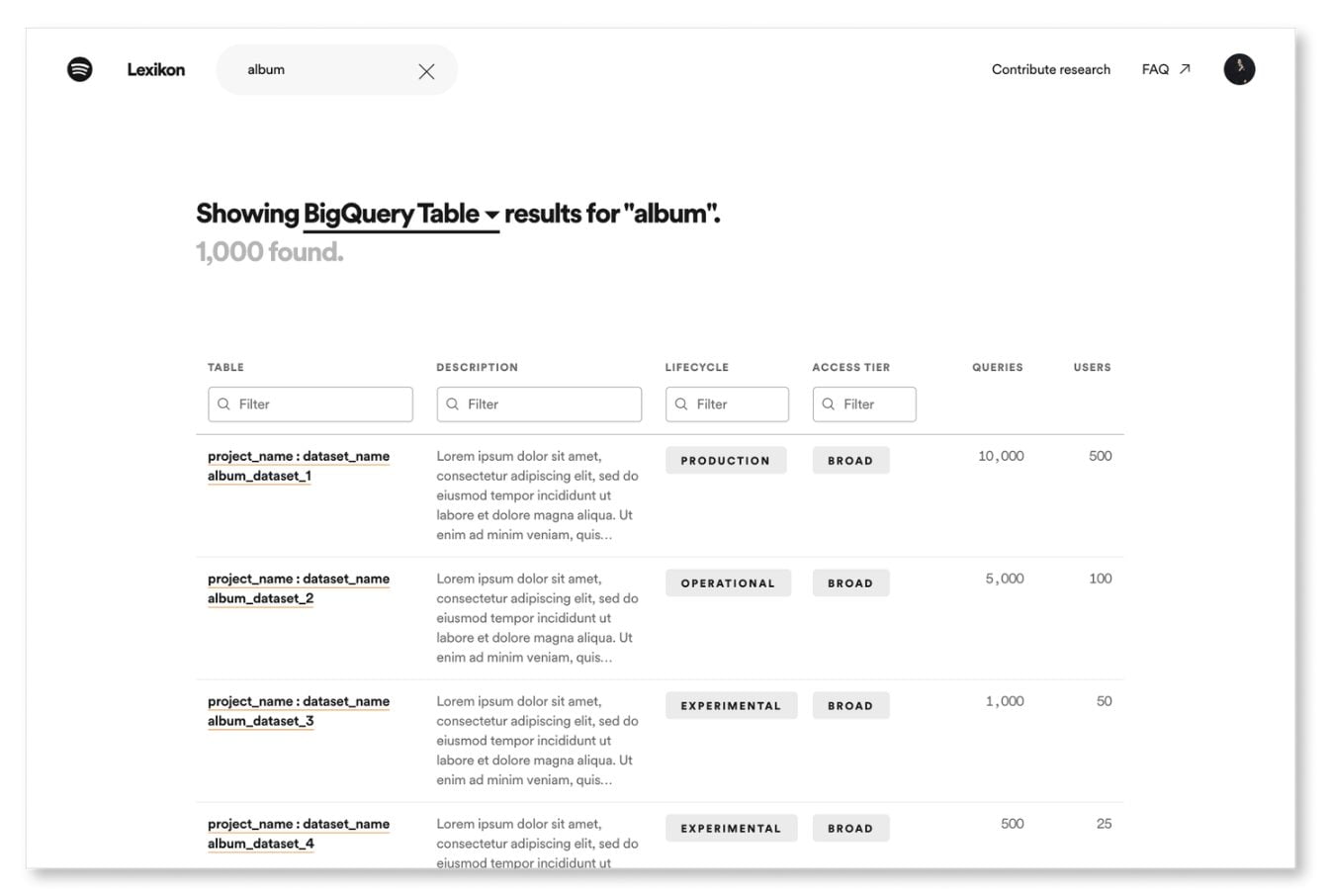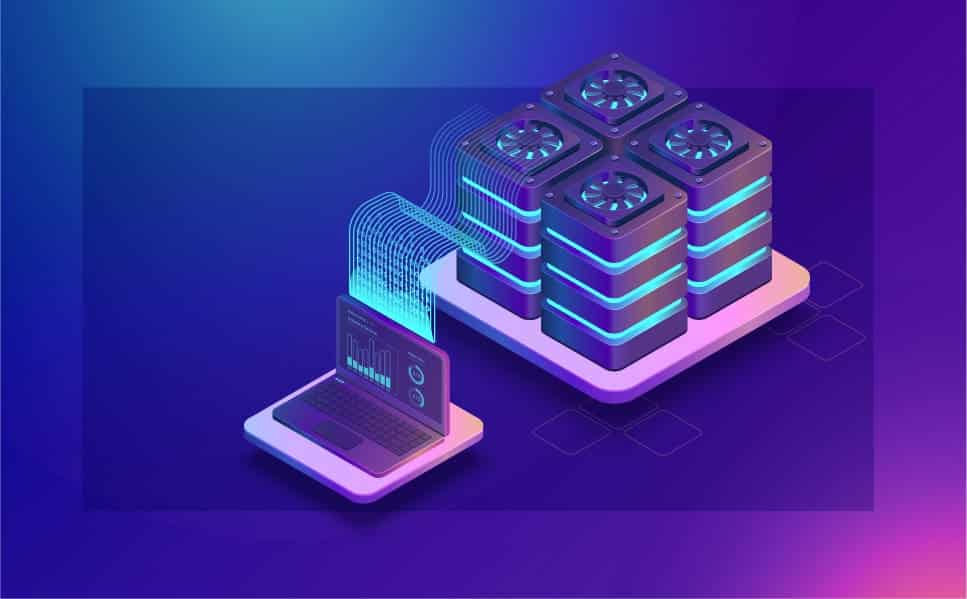A Letter Regarding COVID-19 From Actian CEO Rohit De Souza
Actian Corporation
March 20, 2020
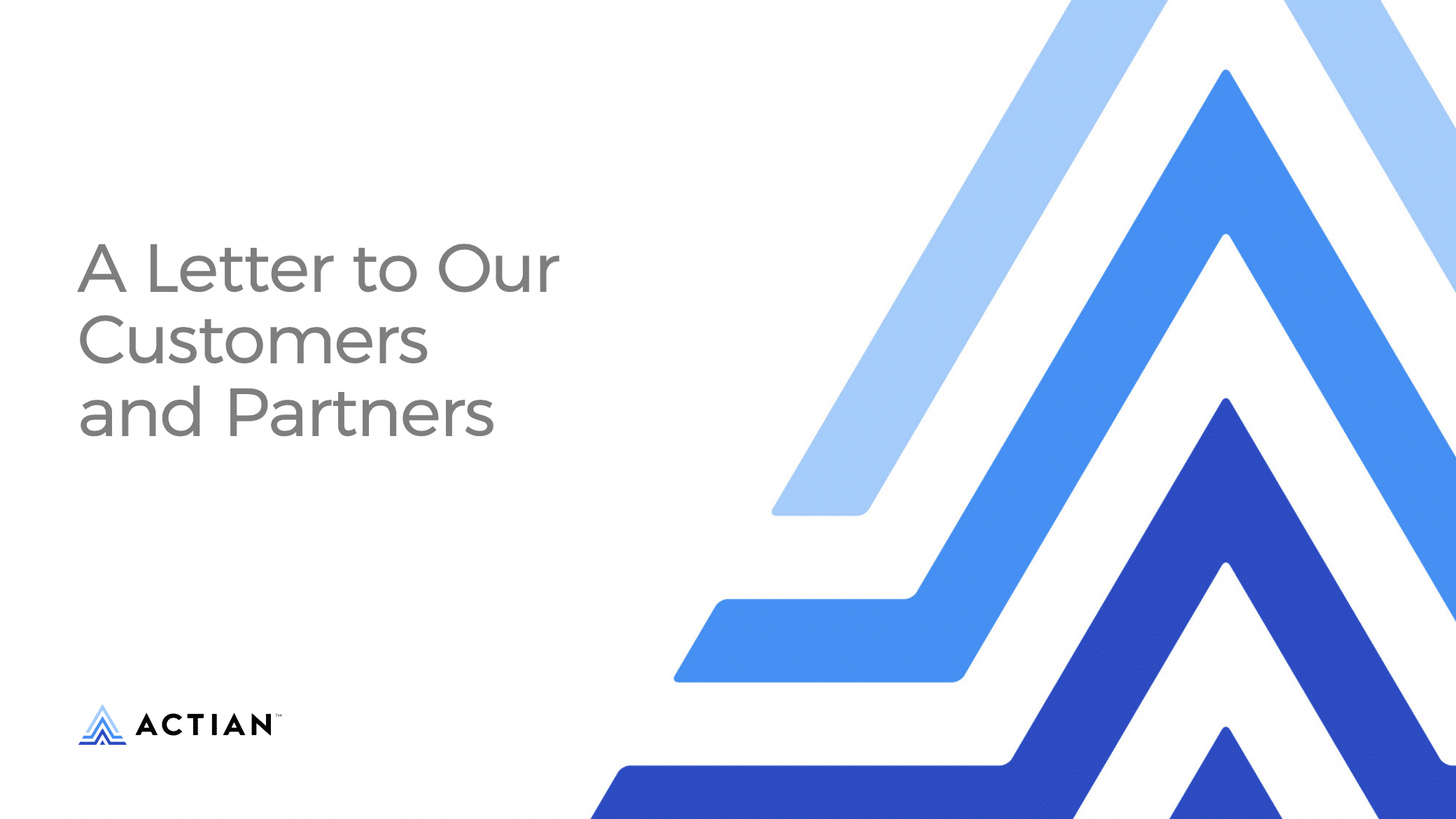
A letter to our customers and partners:
At Actian, our hearts and thoughts go out to the people who have been affected by this unprecedented global event and we appreciate the healthcare workers, local communities, and governments around the world who are on the front line working to contain this pandemic. Our focus is on the health and safety of our employees, family and the communities we engage with socially and professionally.
Please know that we are vigilantly monitoring the COVID-19 (coronavirus) situation around the clock and we are confident we have taken the necessary precautions to ensure our ability to continue running our business, operating our platform, and providing continuous high quality support to all our customers globally.
To date, Actian does not have any confirmed cases of COVID-19 and we are dedicated to minimizing the risk of exposure. We have not had any disruptions in our services and offerings, and as part of our pandemic response we have implemented the following measures — with the goal of ensuring our service to you will be uninterrupted, while protecting in every way possible the health and well-being of our personnel.
We are utilizing social distancing as a worldwide policy. All Actian employees around the world have been strongly encouraged to work from home. With our highly distributed workforce, and many of our employees typically working remotely, this shift has been extremely smooth, and we will continue to deliver the highest levels of service and support to our customers. We have global collaboration tools and a weekly company-wide “All Hands Call” (along with numerous regular team calls) for continuous feedback and updates to our employees on any enhanced guidelines. We have also mandated travel restrictions and visitor guidelines to reduce the risk of infection.
Our teams have been instructed to work with customers through digital channels as much as possible in support of social distancing and keeping in-person interactions to a minimum. We have postponed our in-person marketing events and implemented a shift to virtual events to keep our customers updated and connected with the technology community. To assist our customers with the increased needs for remote expertise during these challenging times, we are offering our Remote DBA and Customer Success services at a discounted rate.
Actian is committed to doing our part to stem the spread of the COVID-19 virus, and to heed the best practices directed by public health authorities and government guidelines. This dynamic and rapidly moving health crisis will present challenges for everyone at home and in the workplace. Our early preparedness efforts give us confidence that we will continue providing excellent services to you without interruption or compromise. We at Actian are wishing you and your families and your colleagues good health and well-being.
With the actions we have taken, we remain confident and committed to supporting all our customers and partners as they work through these trying times.
Rohit de Souza
President & CEO
Subscribe to the Actian Blog
Subscribe to Actian’s blog to get data insights delivered right to you.
- Stay in the know – Get the latest in data analytics pushed directly to your inbox.
- Never miss a post – You’ll receive automatic email updates to let you know when new posts are live.
- It’s all up to you – Change your delivery preferences to suit your needs.
Subscribe
(i.e. sales@..., support@...)


